How Crowdfunding Brought a New Wind Technology to Market – White House Chronicle

Wind Harvest’s Innovative Approach to Advancing Sustainable Development Goals through Renewable Energy
Executive Summary
A California-based company, Wind Harvest, is introducing a novel wind energy technology that aligns with and promotes several United Nations Sustainable Development Goals (SDGs). Through an innovative financing model and a unique vertical-axis wind turbine (VAWT) design, the company is poised to enhance the efficiency of wind farms, contributing significantly to SDG 7 (Affordable and Clean Energy), SDG 9 (Industry, Innovation, and Infrastructure), and SDG 13 (Climate Action).
Financing Sustainable Innovation: A Partnership Model
Wind Harvest overcame significant hardware financing challenges by utilizing crowdfunding. This approach democratizes investment and serves as a powerful example of SDG 17 (Partnerships for the Goals), mobilizing private finance from thousands of individuals to support sustainable technology. This model circumvents the traditional reluctance of venture capitalists to fund hardware, enabling critical progress in the renewable energy sector and fostering entrepreneurship in line with SDG 8 (Decent Work and Economic Growth).
Technological Innovation for Sustainable Infrastructure (SDG 9)
The company’s core product is the Wind Harvester, a vertical-axis wind turbine. This technology represents a significant innovation in renewable energy infrastructure.
- Design: The VAWT features a vertical driveshaft and generator, a design based on foundational codes developed at Sandia National Laboratory.
- Application: It is engineered to capture turbulent, near-ground wind, a resource currently unutilized by traditional tall, horizontal-axis wind turbines (HAWTs).
- Integration: Wind Harvesters are designed to be installed in pairs underneath existing HAWTs, effectively doubling the energy output of a wind farm without requiring additional land.
Direct Contributions to Global Sustainable Development Goals
The Wind Harvester technology and the company’s operational strategy offer multifaceted contributions to the SDGs:
- SDG 7 (Affordable and Clean Energy): By increasing the energy density of existing wind farms, the technology makes clean energy more efficient and economically viable. The first commercial project will directly replace fossil fuel (propane) generation.
- SDG 9 (Industry, Innovation, and Infrastructure): The turbines are designed as resilient infrastructure, capable of withstanding Category 5 hurricane winds. With a projected 75-year lifespan, they offer a durable and long-term energy solution.
- SDG 12 (Responsible Consumption and Production): The turbines can utilize ferrite magnets, which are iron-based, reducing reliance on rare earth elements. Their extended lifespan also promotes more sustainable production and consumption cycles compared to the 25-year life of typical turbines.
- SDG 2 (Zero Hunger): The turbines’ design allows for a minimal footprint, with blades operating 25 to 50 feet above the ground. This enables the land to be used simultaneously for agriculture, such as grazing or crop cultivation, promoting sustainable land use.
- SDG 13 (Climate Action): By enhancing the capacity of wind energy and replacing fossil fuels, the technology is a direct tool for climate change mitigation.
Case Study: St. Croix Project
The first commercial deployment of Wind Harvesters is planned for a peninsula on St. Croix, U.S. Virgin Islands. This project exemplifies the technology’s role in advancing SDG 11 (Sustainable Cities and Communities) by providing a local, resilient, and clean energy source. The entire output will be purchased by an adjacent oil refinery, demonstrating a tangible shift from fossil fuels to renewable energy at an industrial scale.
Which SDGs are addressed or connected to the issues highlighted in the article?
SDG 7: Affordable and Clean Energy
- The article’s central theme is the development and marketing of a new wind turbine technology by Wind Harvest. This directly supports the goal of increasing the availability and use of clean, renewable energy. The text explicitly mentions the company’s aim to “change the dynamics of wind energy” and its role as a “renewable energy project developer.”
SDG 8: Decent Work and Economic Growth
- The article touches upon economic growth through innovation and new business models. It highlights how crowdfunding enables startups like Wind Harvest to overcome financial hurdles, potentially leading to job creation. The mention that the turbines “can be entirely made in America” points to promoting local economies and manufacturing jobs.
SDG 9: Industry, Innovation, and Infrastructure
- The company, Wind Harvest, is presented as an innovator in the energy sector, developing “new infrastructure.” The article details the technological innovation of their vertical-axis wind turbines (VAWTs), which are designed to be more efficient and resilient. The financing model using crowdfunding is also an innovative approach to funding infrastructure projects.
SDG 11: Sustainable Cities and Communities
- The article mentions that the turbines are “designed to withstand the 180 mph wind gusts from a Category 5 hurricane.” This directly relates to building resilient infrastructure, especially in vulnerable locations like the U.S. Virgin Islands, where the first project is planned.
SDG 12: Responsible Consumption and Production
- The article highlights sustainable material use by noting the turbines can use “ferrite magnets which are iron-based” instead of “rare earth magnets.” Furthermore, the extended “fatigue life of 75 years” compared to the typical 25 years for existing turbines promotes a more sustainable production and consumption cycle by reducing waste and replacement frequency.
SDG 13: Climate Action
- By developing a technology that improves and expands wind energy generation, the company is contributing to climate change mitigation. The project on St. Croix, which will “replace the burning of costly propane for generation,” is a direct example of reducing reliance on fossil fuels and thus combating climate change.
SDG 15: Life on Land
- The article notes that the design of the Wind Harvest turbines allows them to be installed with “enough clearance for agriculture, whether it is grazing animals or growing crops.” This demonstrates a way to generate renewable energy while minimizing the impact on terrestrial ecosystems and allowing for dual use of land, which supports sustainable land management.
What specific targets under those SDGs can be identified based on the article’s content?
SDG 7: Affordable and Clean Energy
- Target 7.2: By 2030, increase substantially the share of renewable energy in the global energy mix. The entire article focuses on a new technology designed to “double the output of electricity from a wind farm,” thereby substantially increasing the share of wind, a renewable energy source.
- Target 7.a: By 2030, enhance international cooperation to facilitate access to clean energy research and technology… and promote investment in energy infrastructure and clean energy technology. The article discusses crowdfunding as an innovative investment model for clean energy technology and mentions that the turbine blades are currently sourced from Germany, indicating international supply chains for clean energy components.
SDG 9: Industry, Innovation, and Infrastructure
- Target 9.1: Develop quality, reliable, sustainable and resilient infrastructure… The turbines are described as new infrastructure with a “fatigue life of 75 years” and the ability to “withstand the 180 mph wind gusts from a Category 5 hurricane,” which defines them as reliable, sustainable, and resilient.
- Target 9.4: By 2030, upgrade infrastructure and retrofit industries to make them sustainable, with increased resource-use efficiency and greater adoption of clean and environmentally sound technologies… The Wind Harvester is a clean technology that improves resource efficiency by capturing “turbulent wind at the surface” which is an “unused resource now” and by allowing dual land use with agriculture.
- Target 9.5: Enhance scientific research, upgrade the technological capabilities of industrial sectors… The article describes how Wind Harvest’s design is built upon foundational codes developed at Sandia National Laboratory, representing an upgrade and commercialization of scientific research.
SDG 11: Sustainable Cities and Communities
- Target 11.5: By 2030, significantly reduce… direct economic losses relative to global gross domestic product caused by disasters… The development of hurricane-resistant turbines for a project in the Caribbean directly addresses the need to create infrastructure that can withstand natural disasters and reduce economic losses.
SDG 12: Responsible Consumption and Production
- Target 12.2: By 2030, achieve the sustainable management and efficient use of natural resources. The article points to this target by mentioning the turbines’ design allows for the use of iron-based ferrite magnets, avoiding scarce “rare earth magnets,” thus promoting sustainable resource management.
SDG 13: Climate Action
- Target 13.1: Strengthen resilience and adaptive capacity to climate-related hazards and natural disasters in all countries. The hurricane-resistant design of the turbines is a direct measure to strengthen resilience to extreme weather events, which are intensifying due to climate change.
SDG 15: Life on Land
- Target 15.1: By 2020, ensure the conservation, restoration and sustainable use of terrestrial and inland freshwater ecosystems and their services… The article implies progress towards this target by describing how the turbines allow for continued agricultural use of land, promoting a sustainable, integrated approach to land management.
Are there any indicators mentioned or implied in the article that can be used to measure progress towards the identified targets?
SDG 7: Affordable and Clean Energy
- Indicator for Target 7.2: The article states the technology can “double the output of electricity from a wind farm.” This provides a direct, measurable indicator of the increase in renewable energy production. The replacement of propane with wind power on St. Croix is another specific measure of increasing the renewable energy share.
SDG 9: Industry, Innovation, and Infrastructure
- Indicator for Target 9.1: The article provides two clear indicators of infrastructure quality and sustainability: a “fatigue life of 75 years” and the ability to withstand “180 mph wind gusts.”
SDG 11: Sustainable Cities and Communities
- Indicator for Target 11.5: The design specification of withstanding “a Category 5 hurricane” serves as a technical indicator for disaster-resilient infrastructure.
SDG 12: Responsible Consumption and Production
- Indicator for Target 12.2: The shift in material use from “rare earth magnets” to “ferrite magnets which are iron-based” is a specific, qualitative indicator of more sustainable resource consumption in manufacturing.
SDG 15: Life on Land
- Indicator for Target 15.1: The ability to maintain “grazing animals or growing crops” on the same land as the wind turbines serves as a qualitative indicator for sustainable, dual-purpose land use.
SDGs, Targets, and Indicators Analysis
| SDGs | Targets | Indicators |
|---|---|---|
| SDG 7: Affordable and Clean Energy | 7.2: Increase substantially the share of renewable energy in the global energy mix. | Ability to “double the output of electricity from a wind farm”; Replacement of propane with wind energy. |
| SDG 9: Industry, Innovation, and Infrastructure | 9.1: Develop quality, reliable, sustainable and resilient infrastructure. | A “fatigue life of 75 years”; Designed to withstand “180 mph wind gusts from a Category 5 hurricane.” |
| SDG 11: Sustainable Cities and Communities | 11.5: Significantly reduce… direct economic losses… caused by disasters. | Infrastructure designed to be resilient to a Category 5 hurricane. |
| SDG 12: Responsible Consumption and Production | 12.2: Achieve the sustainable management and efficient use of natural resources. | Use of iron-based “ferrite magnets” instead of “rare earth magnets.” |
| SDG 13: Climate Action | 13.1: Strengthen resilience and adaptive capacity to climate-related hazards. | Hurricane-resistant design of the turbines. |
| SDG 15: Life on Land | 15.1: Ensure the conservation… and sustainable use of terrestrial… ecosystems. | Land can be dually used for energy generation and agriculture (“grazing animals or growing crops”). |
Source: whchronicle.com

What is Your Reaction?
 Like
0
Like
0
 Dislike
0
Dislike
0
 Love
0
Love
0
 Funny
0
Funny
0
 Angry
0
Angry
0
 Sad
0
Sad
0
 Wow
0
Wow
0

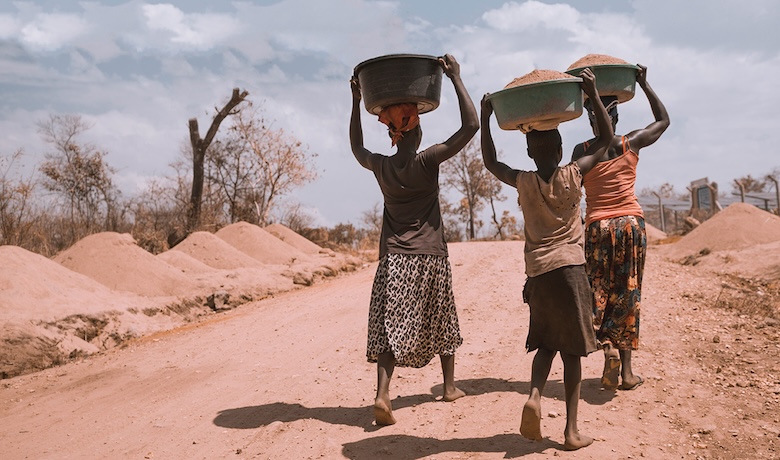

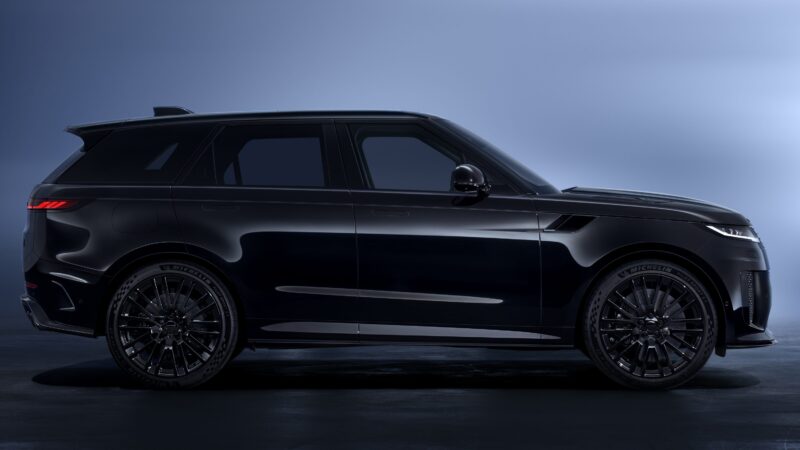

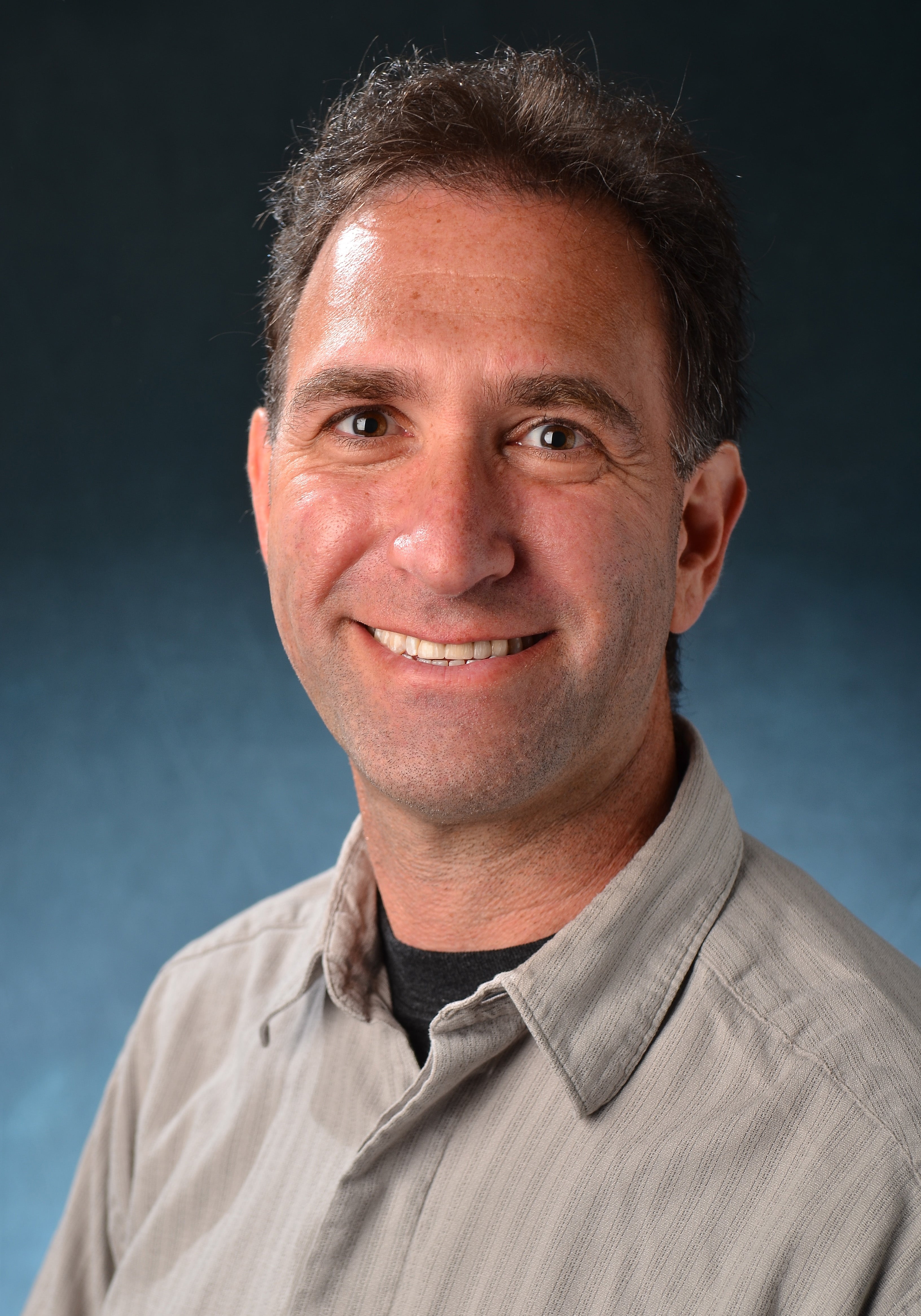





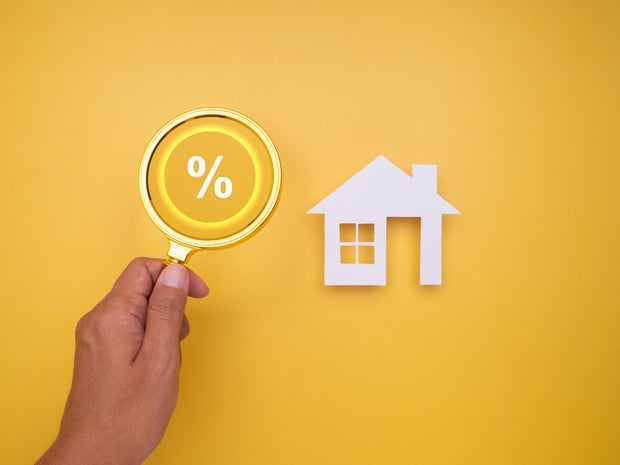






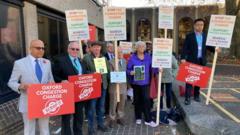





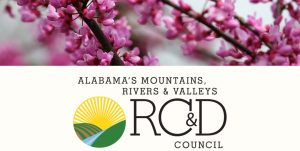



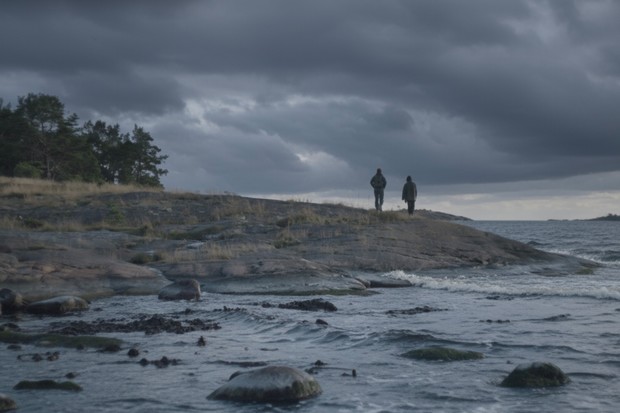
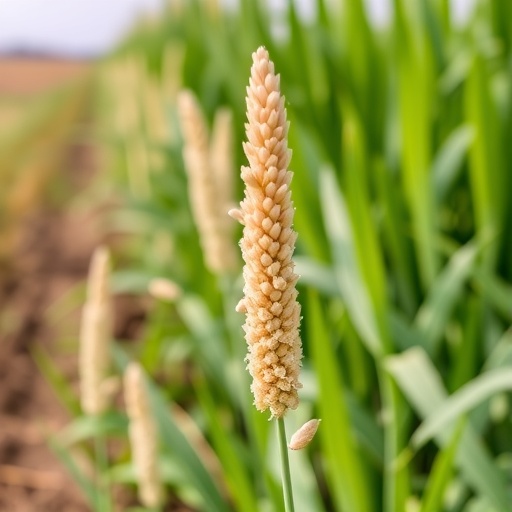

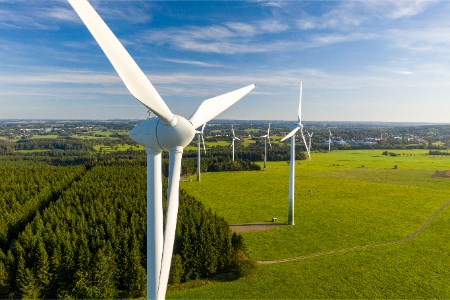
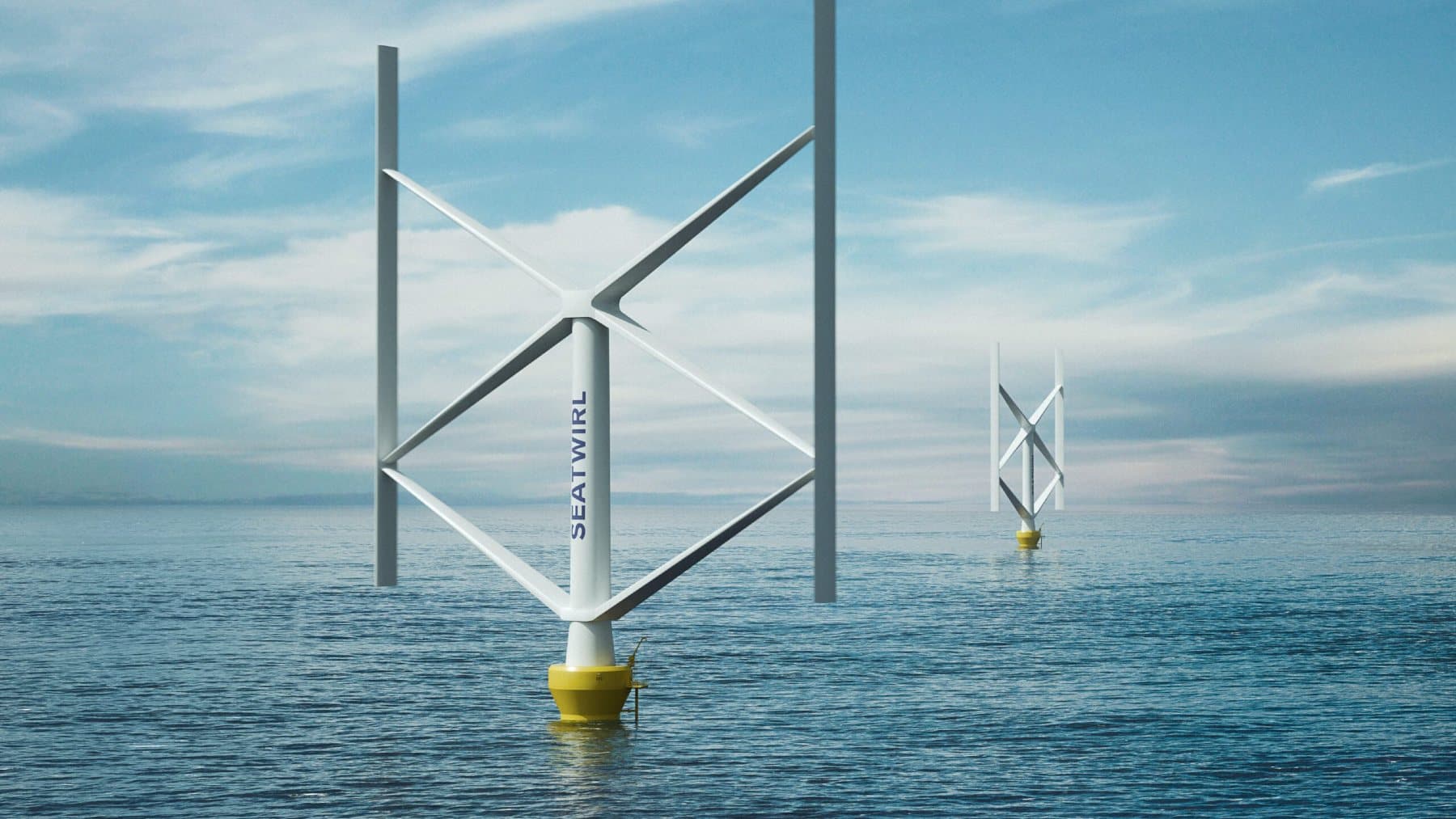




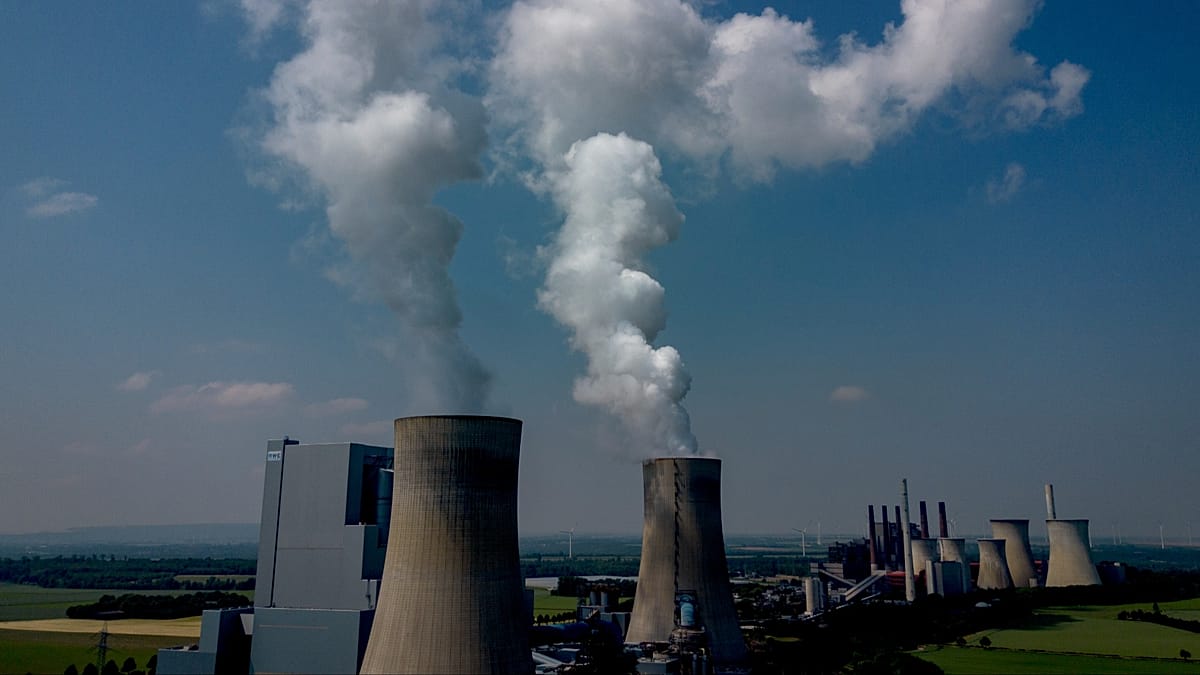



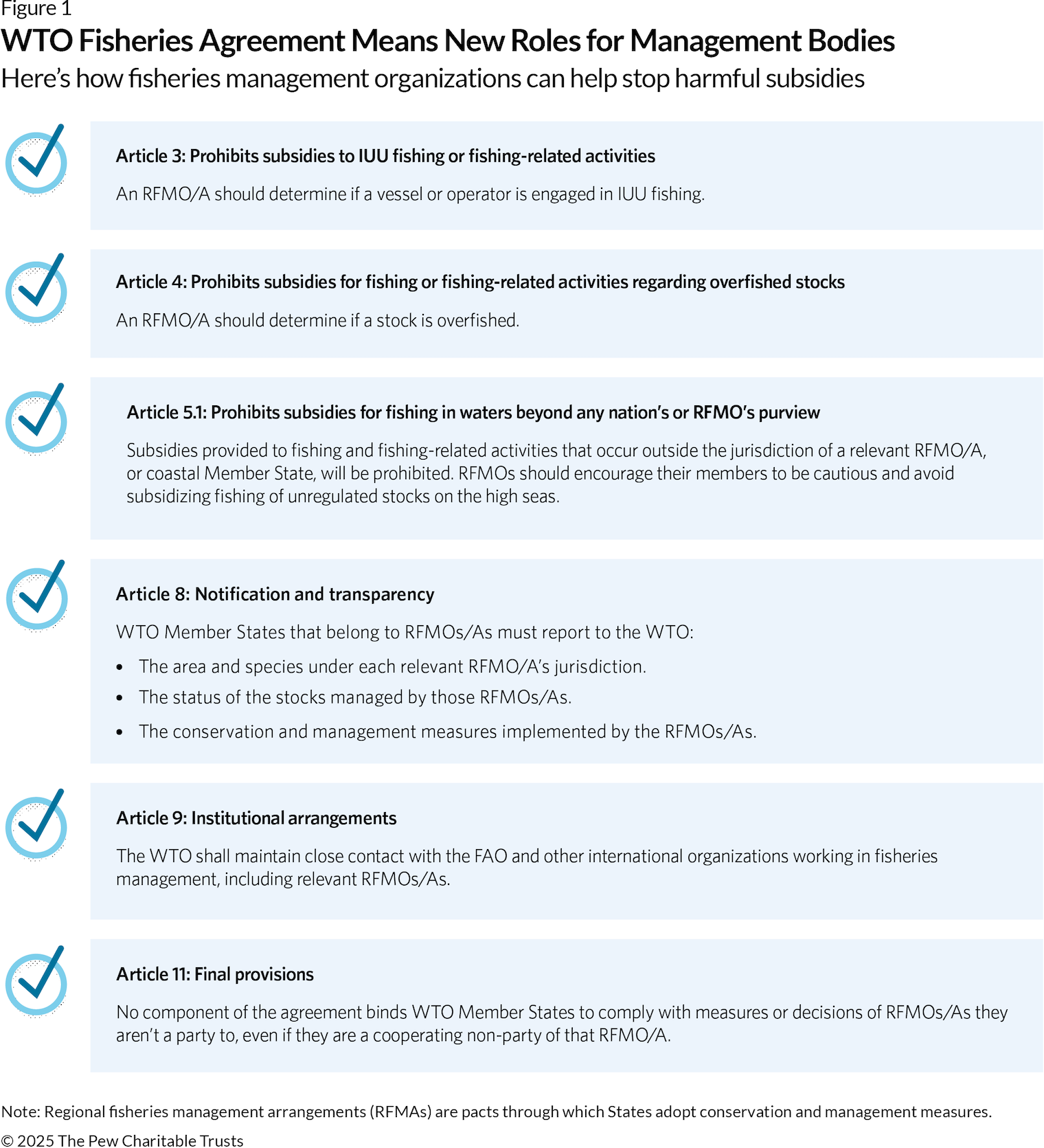

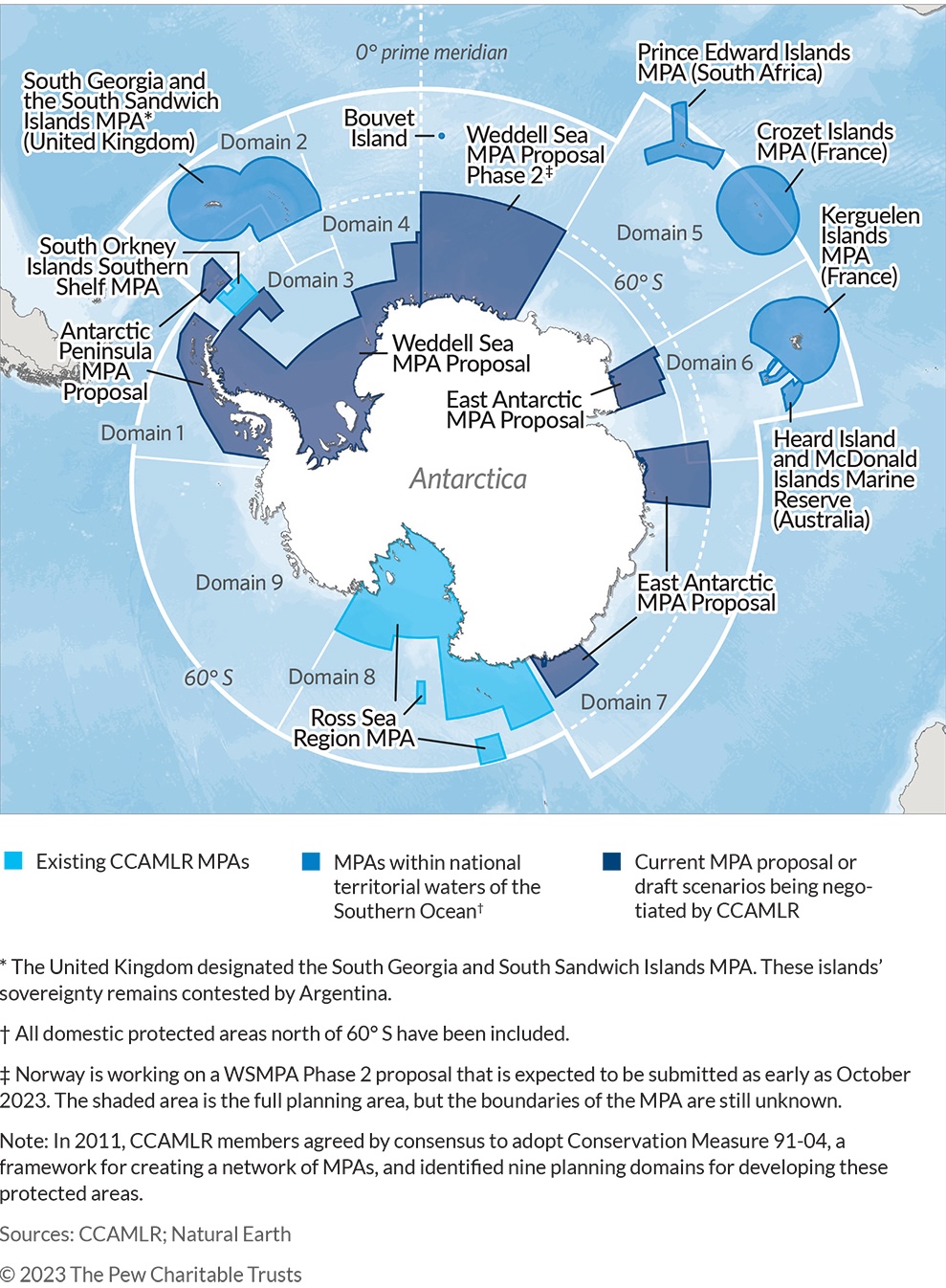











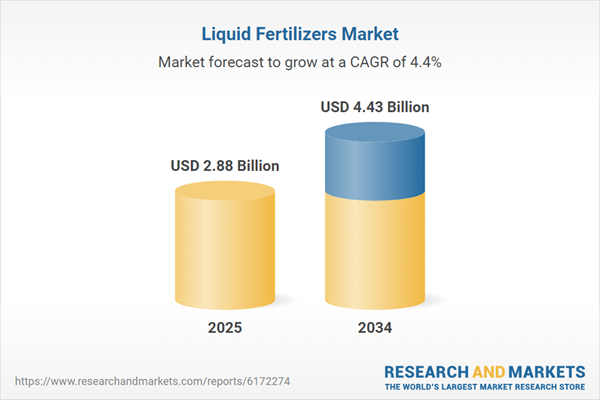

.jpg?h=50da7ea4&itok=DTgFLdpn#)
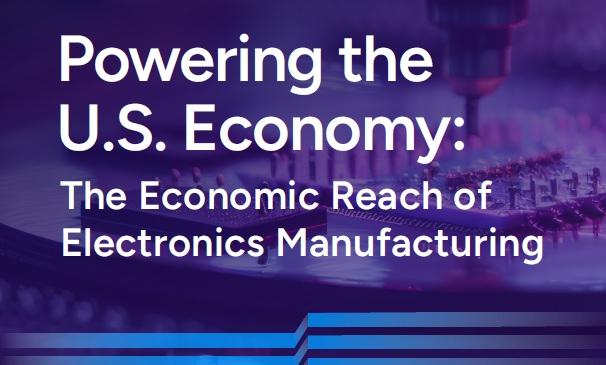








.jpg?#)









